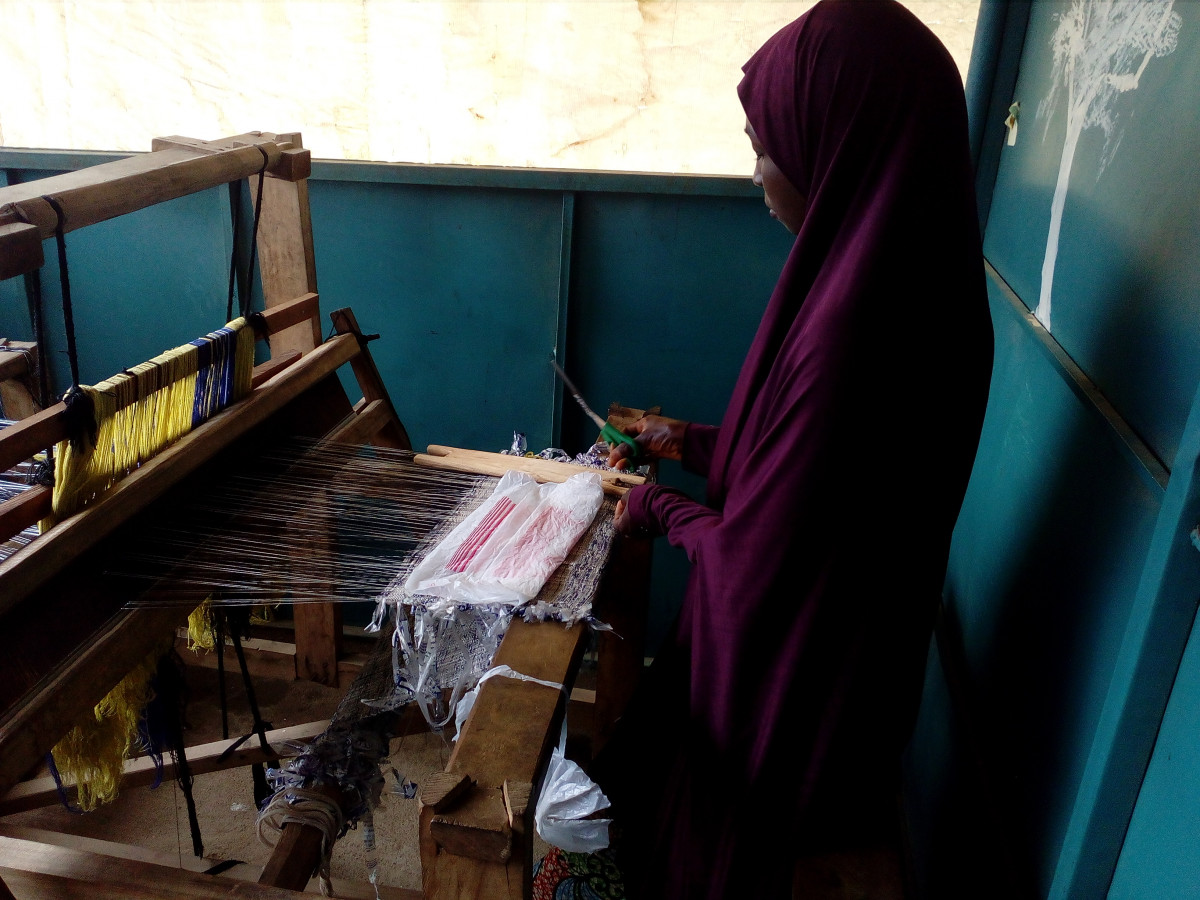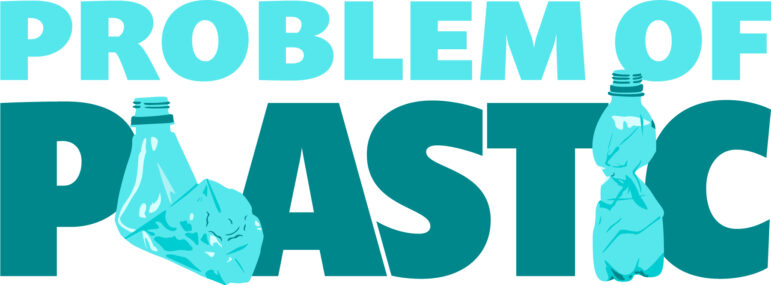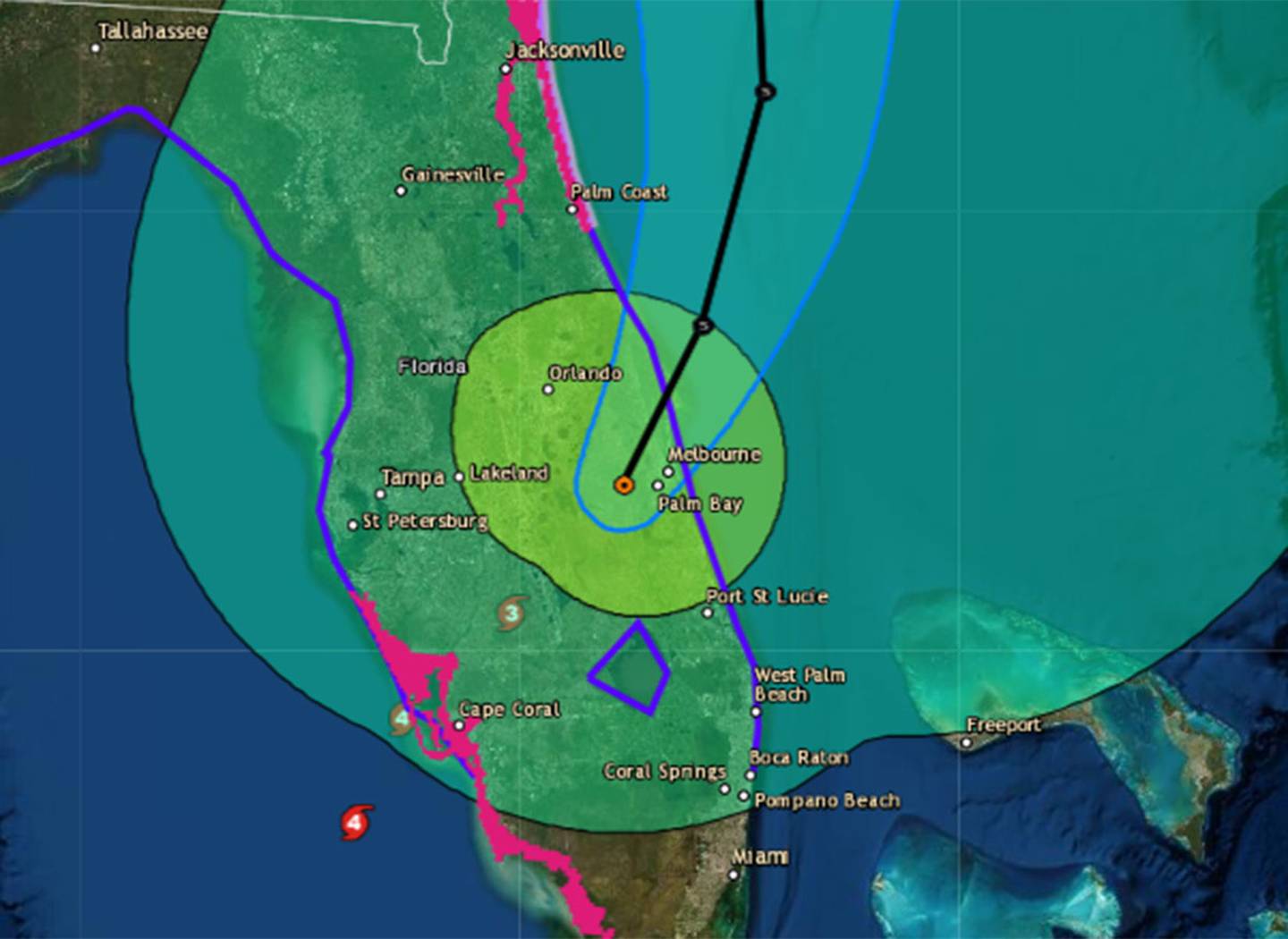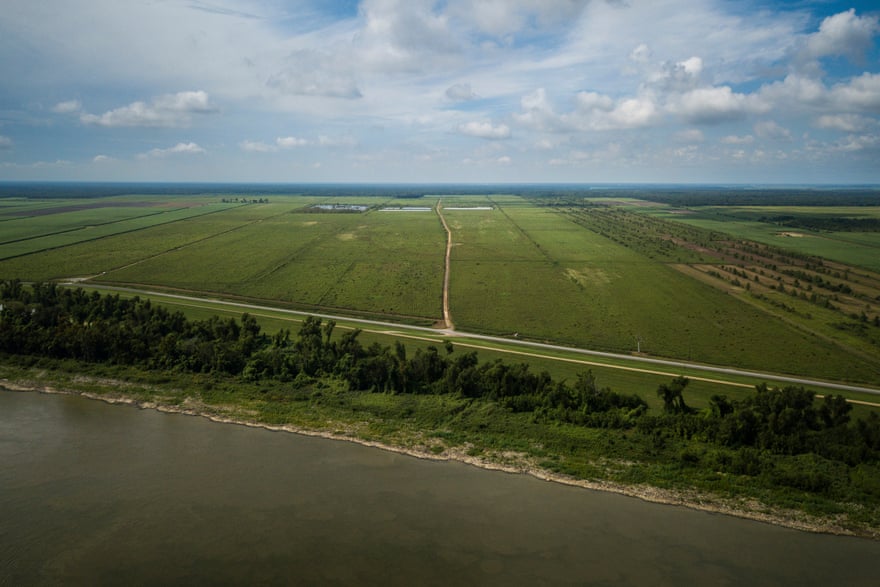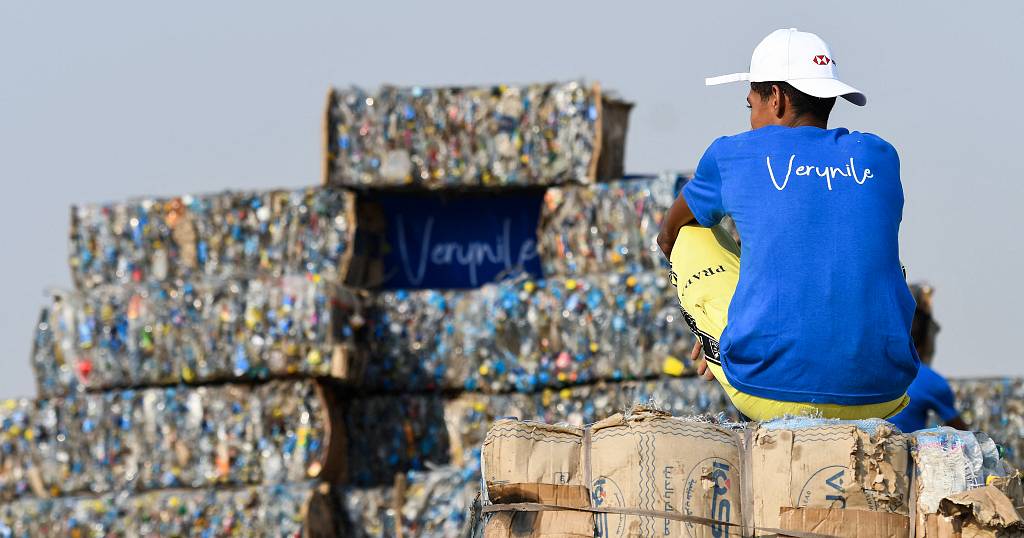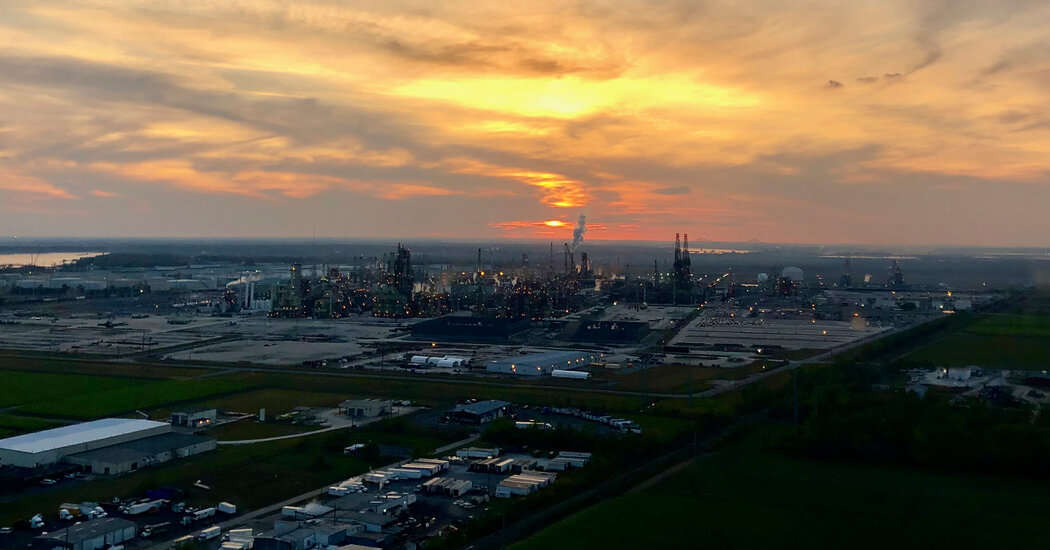From chemical recycling to plant-based alternatives, scientists size up the most promising solutions to plastic pollution
By Samantha Wohlfeil / InvestigateWest
When dealing with the life cycle of plastic, hundreds of solutions await, from alternative bioplastics that might be able to degrade themselves through the magic of fungus, to complex chemical recycling that can break plastics down to become other petroleum products or to be rebuilt good as new.
A reporting project by InvestigateWest examining one of the most problematic pollutants of the 21st century: plastic. This series was funded in part by the Sustainable Path Foundation.
But as promising as chemical recycling and next-generation plastics may sound, experts also say some of the most realistic solutions to plastic pollution involve eliminating it from packaging as much as possible.
Decision-makers are asking: How can manufacturers design their plastic packaging to be recycled more easily after consumers are done with it? Should packaging all be the same color of plastic to avoid dye-based contamination in recycling processes? Could markers on different types of plastic help imaging robots at sorting facilities do their jobs better when diverting containers by type? Which products could avoid using plastic altogether?
Currently, the vast majority of plastic recycling is done by mechanical methods. First, post-consumer plastics are divided by number; for example, the PET plastic (polyethylene terephthalate) commonly used for beverage bottles needs to be separated from the HDPE plastic (high-density polyethylene) that’s often used for laundry detergent containers. Each group is then often shredded and melted into pellets that can get remelted and formed into new packaging. Or different plastics can be repurposed into boards for outdoor decks or processed into fibers for carpets and clothing.
But because heat can degrade the polymer chains (strings of repeating molecules) in plastic, there are limits to the number of times plastic can be “recycled” in the truest sense of being made into a new product.
With those limitations in mind, many people, from those working for the largest oil and chemical manufacturers (think BP and Dow) down to individual entrepreneurs, are experimenting with chemical recycling as a potential way to recycle even more plastic. Less than 10 percent of the stuff actually gets recycled, but chemical recycling offers the promise of rebuilding the molecule chains that are broken down with heat, as well as the possibility of converting plastics into fuels and other compounds.
Whether some of the newer chemical recycling proposals will actually succeed is a question. Common constraints include the high costs of building and powering processing facilities, the purchase of expensive chemicals, and the challenge of reliably sourcing materials uncontaminated with food scraps, dyes, or other types of plastic or garbage. Other concerns center on the greenhouse gas emissions of the chemical recycling process and, in the case of turning plastics into fuels, burning the end products, and whether those climate costs are less than those caused by creating virgin plastic.
Meanwhile, innovators of all ages are developing plastic alternatives made from things like fish skin, vegetable starches and other biodegradable substances that offer the promise of rapid decomposition when disposed of properly, a sharp contrast with the thousands of years that traditional plastics may linger in the environment.
As people figure out whether chemical recycling or plastic alternatives can prevent plastic pollution — which has already tainted air, water and land around the globe — local governments around the country are still getting a grasp on the recycling options that already exist.
Washington state’s wakeup call came about five years ago when China stopped accepting highly contaminated bales of recycled materials from around the world. Washington lawmakers, responding to the loss of a market that took upwards of 60 percent of the state’s recycled materials, created the Recycling Development Center in 2019. Lawmakers instructed the state Department of Ecology, via the new center, to help create domestic markets for the state’s recyclable materials.
Washington was on course to lead the way in tackling big recycling problems surrounding plastics and other materials, but the Recycling Development Center got off to a slow start as the COVID-19 pandemic caused agencies to shift to remote work and Gov. Jay Inslee froze unnecessary hiring. The center’s 14-member advisory board, made up of scientists, manufacturers, environmentalists and more, started meeting virtually in 2020, later offering grants to pilot recycling projects and funding studies that identified recycling options and issues.
Truckloads of plastic bottles, cardboard, glass and newspaper run along an intricate set of conveyor belts and bins to be sorted at Waste Management’s Spokane Materials and Recycling Technology (SMaRT) Center. (Young Kwak/Inlander)
“We had resources from the Legislature that we couldn’t use to hire a consultant, so we set up a little grant program for local governments and universities,” says Kara Steward, director of the Recycling Development Center.
Recently, the center has been able to support business accelerator competitions, such as NextCycle Washington, which aims to identify innovative ideas that can create a circular economy for materials like plastic. People with promising ideas will get help pitching to investors and connecting with groups that have far deeper pockets than a state program, Steward says.
“We’re really excited because this is not the kind of thing the Department of Ecology does,” Steward says. “We’re about keeping human health and the environment clean, and I’m over here going, ‘But wait, I want to give money to businesses!’ Everybody around me is like, ‘You can’t do that.’ ‘Yeah, actually, I think I can.’”
New ideas that focus on solutions outside of the recycling system are also welcomed, as packaging innovations may better reduce the waste we create.
“We can’t recycle our way out of the plastic problem,” Steward says. “We’ve recycled 8 percent of the plastic manufactured since the beginning of plastic. We’ve got to think outside the box, do new things, and NextCycle Washington is a great way to try and give a boost to those innovations that just need a little bit of help.”
RECYCLING OPTIONS
In a 2021 report funded by the Recycling Development Center, research professor Karl Englund and a civil and environmental engineering team at Washington State University outlined existing chemical and thermal recycling options for plastic — such as heat-intensive solutions like pyrolysis and gasification, or catalyst-based solutions like glycolysis — and assessed their viability to operate in the Pacific Northwest.
Chemical recycling can create new plastics, syngas (made from hydrogen and carbon monoxide from wood, plastics or other sources), bio oils and other products.
The report found there could be enough post-consumer plastics in either eastern Washington or the Puget Sound region to support a chemical recycler on either side of the state if consumer recycling rates were to increase significantly — from a current rate of about 8 percent to 50 percent. But the report also notes that the costs to open a new facility can be prohibitive, especially as the market prices for end products can vary.
“There is a definite need to secure investment dollars to make any recycling process a success,” the report states. “Having investors that are educated and informed about the recycling supply chain is a must for them to be comfortable to invest in what can be a somewhat risky venture. Without sufficient investment management, smaller companies and start-ups will have a difficult time securing investments and mitigating risks.”
The research team also compiled a database of hundreds of existing recyclers. Though it was updated in spring 2022, the list could already be updated with 100 new companies trying to work on plastic recycling, Englund says. Maintaining a reliable list is a challenge, as companies often make a big splash when they announce their promising new recycling process, but some fade away if their process doesn’t pencil out or get funding, Englund says.
Massive multinational companies such as Dow or BASF, which make additives that help in the more popular mechanical recycling processes, are more likely to stick around, as their products are readily available and backed with more finances, Englund explains.
Even when new facilities do open, they don’t always work as intended. One company in recent years offered Boise, Idaho, the ability to recycle its plastic films like bags and peel-back container tops into diesel fuel, but much of what was collected ultimately ended up getting burned for energy rather than converted to fuel, Reuters reported last year. The company said the switch was due to high levels of contamination in Boise’s recycling stream, but Reuters noted that multiple other “advanced recycling” projects around the world had also failed or been significantly delayed in recent years, largely due to high costs.
Plastic Recycling TermsPyrolysis: In this process, waste such as plastic is heated in an environment without oxygen. This can break plastic down into crude oil and gases.
Glycolysis: This process breaks down plastic through the use of catalysts that break certain molecular links.
Gasification: Combining plastic with heat, oxygen and steam (or a similar combination), the material can be turned into syngas.
Syngas: Synthesis gas is made from many materials that can create a combination of hydrogen and carbon monoxide. When made from plastic (using heat and oxygen or steam), syngas can be used for several things, including fuel for fuel cells to generate electricity.
Polyethylene terephthalate: Also known as PET or PETE, this plastic is used widely for beverage containers and is the most recyclable.
High-density polyethylene: Also known as HDPE, this plastic is often used for things like laundry detergent containers and is also known for being easier to recycle than some other plastics.
Polyvinyl chloride: A type of plastic also known as PVC.
Polystyrene: Also known as Styrofoam, this plastic has historically been less easy to recycle because its lightweight, bulky nature makes shipping adequate supply to recyclers difficult. However, some chemical recyclers have taken on the material.
However, Englund says that while many news outlets may focus on the recycling failures, scientists and businesses are making significant progress to advance chemical recycling.
“The guys in the plastics world are busting their butt to make this happen,” Englund says. “Do we all need to do more? Yeah. But at least we’re taking steps in the right direction, and I am cautiously optimistic.”
New alternatives need to be assessed to ensure they’re a better option than continuing to churn out new plastic.
For example, say that a store switches to glass bottles that can be returned for a deposit, washed, refilled and put back on the shelf. Does the weight of transporting those glass containers in vehicles contribute to worse gas mileage and a larger carbon footprint than lightweight, recyclable plastic containers? How much water is needed to clean the containers versus produce new ones?
Chemical recycling can create new plastics, syngas (made from hydrogen and carbon monoxide from wood, plastics or other sources), bio oils and other products.
For advanced recycling, companies have to calculate whether the energy needed to chemically break down and rebuild plastics is higher than the greenhouse gas emissions of creating new plastics.
Upstream, packaging design decisions can also help make products more recyclable.
Take a plastic container that holds bleach wipes. If the body of the container is white, the top of the container is another color, and the label is printed directly onto the plastic, those dyes can “contaminate” the process when recyclers are trying to achieve one homogenous color, Englund says.
“When we develop that plastic at the very beginning, we’ve got to look and say, ‘How can I get this back to this form at the end of its life?’” Englund says.
A better design for that container of wipes might be as simple as using one color for the entire container and printing the label on paper, which is far easier to remove before the chemical recycling process and also could be separately recycled, he says.
Englund also wonders whether other design features such as symbols imprinted with infrared ink could help materials recovery facilities more easily sort the different materials.
There may also need to be changes on the consumer side, he says, as a lot of design is based around consumer preferences for package appearance.
“How do we as a society learn to accept things not in a million different colors [with] all these cool things added to it?” Englund asks. “You know, hey, it’s just milk.”
Some states are helping tip the scale in favor of circular systems by requiring higher percentages of post-consumer recycled materials in packaging in coming years. Some are also passing “extended producer responsibility” rules that require manufacturers to pay for the recycling of their products at the end of their life cycle. Those policies could make some plastic recycling methods pencil out, as manufacturers will be more inclined to buy the recycled products to meet state mandates.
As a high school freshman and sophomore in Spokane, Wash., Anna Armstrong studied the potential of fungus to enhance composting. (Paul Conrad/InvestigateWest)
SEE A PROBLEM? INVENT THE SOLUTION
Amazingly, you don’t need to work in a multimillion-dollar lab backed by a massive corporation to design a plastic alternative.
For 18-year-old Anna Armstrong, the desire to help solve the world’s plastic problem started particularly young. Early in her freshman and sophomore science classes at Ferris High School in Spokane, Armstrong studied the potential of fungus to enhance composting. As she saw how difficult it was to compost bioplastics that are already available in the grocery store, she wondered if she could invent an alternative.
She researched some of the options being explored, such as using the skin of invasive fish species to make bioplastics, which tackles two environmental problems at once. But working with smelly fish skins wasn’t exactly appealing.
Her compost work led her to a specific fungus, Aspergillus oryzae, and she wondered if it could be used to break down the types of plant starch-based plastics, such as compostable trash can liners, that are becoming more popular in the plastic-alternatives field.
“Aspergillus oryzae is found in Asia a lot of the time in food management because it is used for fermenting rice,” Armstrong says. “I was looking into what it does, and it kind of links to the starch and starts to eat away at it, which helps the fermentation process. So I cross applied that to plastic degradation to see how I could fix a separate problem.”
During the last two years of her high school biomedical innovation classes — much of the time working remotely due to the pandemic — she researched sustainable sources for arrowroot powder, vinegar and vegetable glycerin that could create thin sheets of plastic similar to those found wrapped around products on store shelves, and set to work creating her own prototypes.
“I tried probably 30 or 40 recipes before I actually landed on one that I could use,” Armstrong says. “The ratios can be pretty tricky.”
She also tried to adjust her methods to make the prototypes more transparent and with as few visible imperfections as possible, because consumers can be picky.
Armstrong took her bioplastic to the Eastern Washington Regional Science and Engineering Fair, where she took first place for her invention and went on to compete virtually in the International Science and Engineering Fair in Atlanta, Georgia, where she placed fourth in the world in the environmental engineering category this year. Judges there helped her talk through how to reduce water usage when creating the bioplastic film and coached her on how to describe her work.
Anna Armstrong’s bioplastic placed fourth in the world in the environmental engineering category this year at the International Science and Engineering Fair in Atlanta, Georgia. (Paul Conrad/InvestigateWest)
This fall, she’s starting college at Western Washington University, where she plans to major in environmental science and minor in environmental justice. Ultimately, she wants to get her PhD in mycology (the study of fungi, such as mushrooms) as she continues developing her product, which she hopes to see on store shelves one day.
“I want to prove that it isn’t impossible to make a plastic that actually works and is environmentally friendly,” Armstrong says. “If I can do it at 17, then scientists who have been working forever in the environmental engineering field should be capable of making it with years of experience.”
Part of her passion also stems from growing up with fears of how climate change will impact the planet in her lifetime. She says scientists are trying everything they can to get the world to heed their warnings, but it doesn’t seem like anyone is taking action.
“I really want to live in a world [where] I don’t have to worry about what the future generations can look like, and not even future generations of humans, I’m talking about all the flora and fauna that lives in the world and depends on the environment around us,” Armstrong says. “Fear isn’t an excuse to be complacent. Because other people haven’t done it doesn’t mean you can’t.”
FEATURED IMAGE: Joseph Lopez of Seattle and other volunteers collected marine trash at Golden Gardens Park in Seattle. (Dan DeLong/InvestigateWest)
InvestigateWest (invw.org) is an independent news nonprofit dedicated to investigative journalism in the Pacific Northwest. Visit invw.org/newsletters to sign up for weekly updates. This story was made possible with support from the Sustainable Path Foundation.

